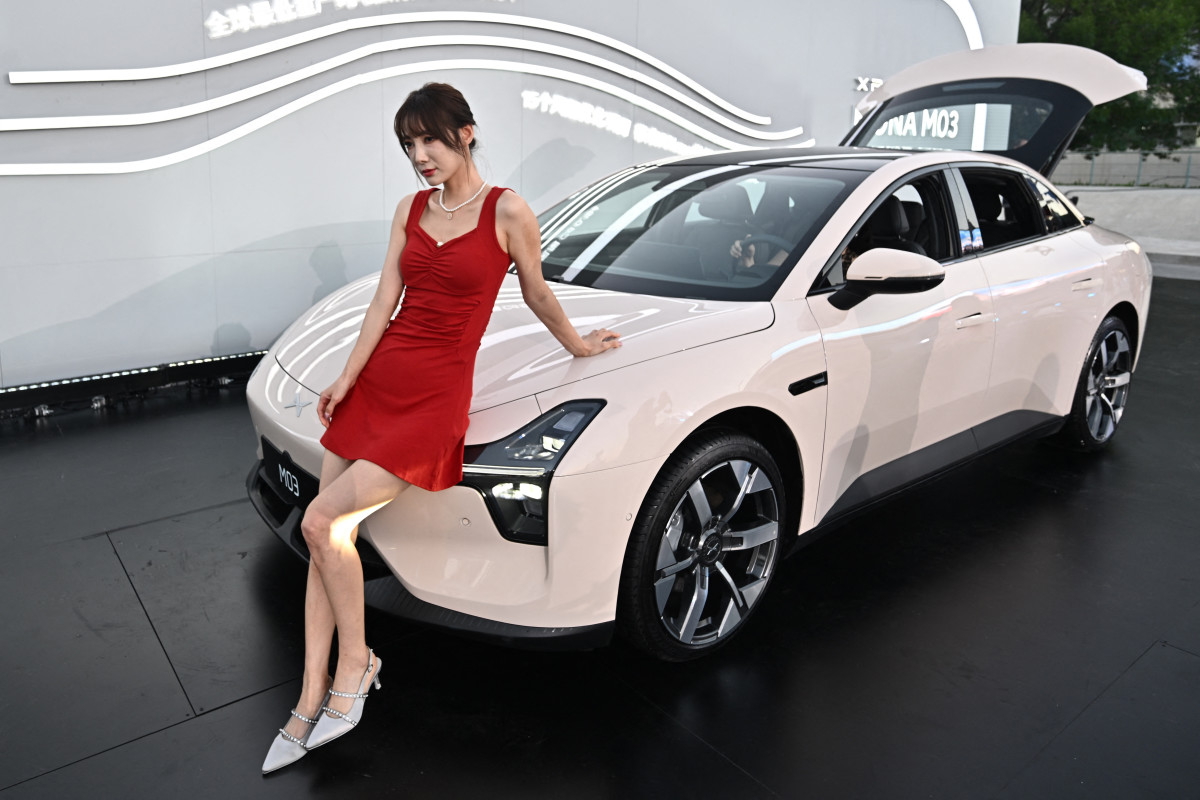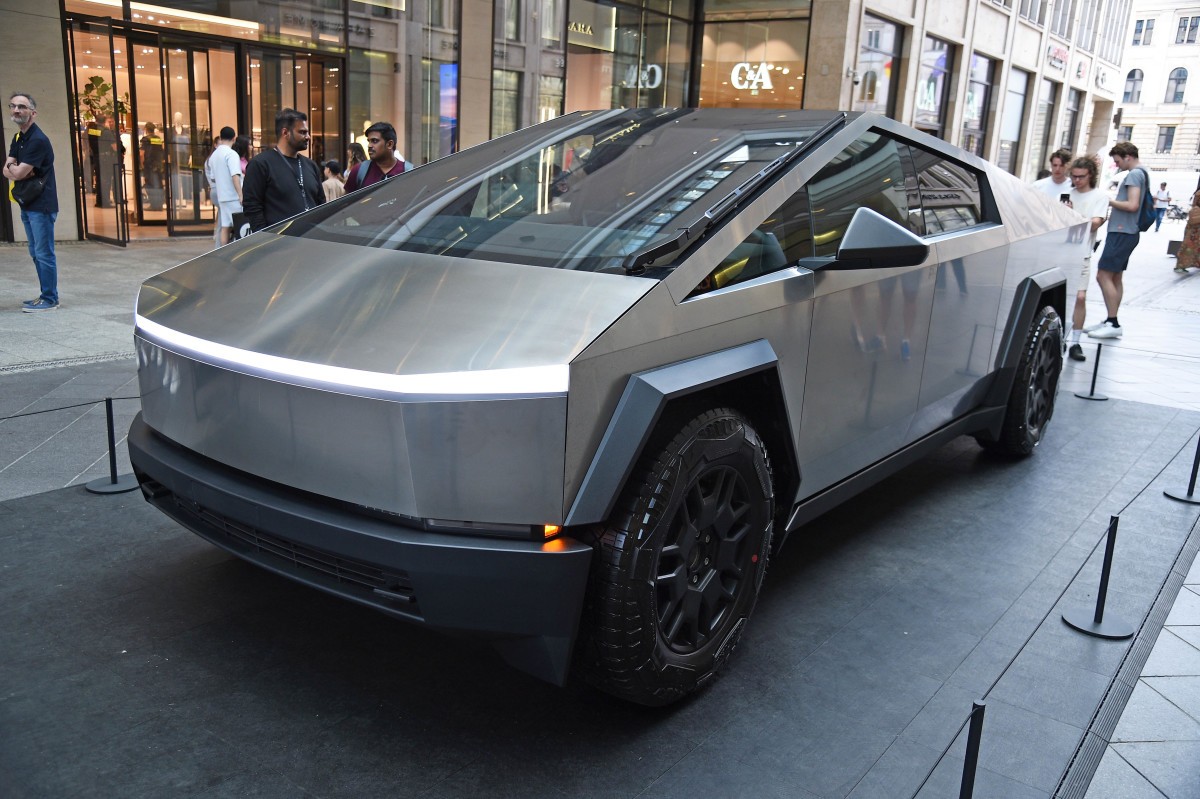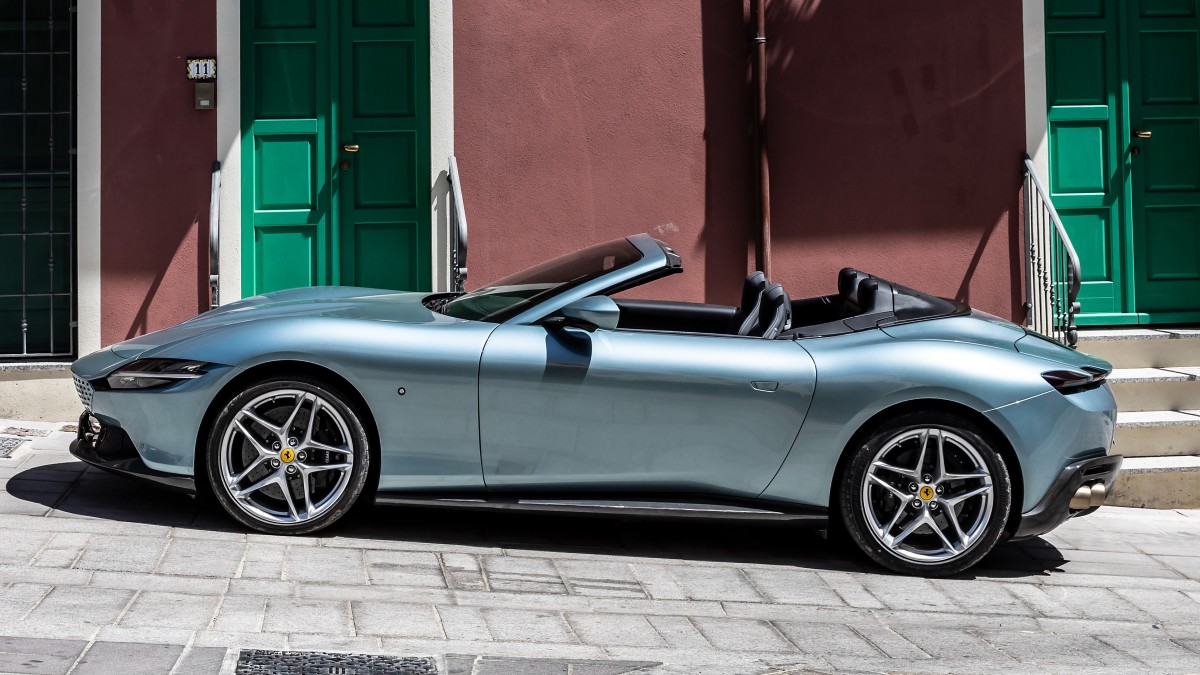
It's another week, and analysts are watching some Chinese automakers. Also, a new Tesla bull has emerged from the void, and Morgan Stanley analysts have taken an interesting look at one of the most well-known motorsports and sports car brands.

Tesla's new bull
William Blair analyst Jed Dorsheimer initiated his coverage of Elon Musk-led Tesla (TSLA) with a strong rating on August 29, but his even bolder claim differs slightly from the enthusiastic bulls like Wedbush's Dan Ives.
In his analyst note, he celebrated Tesla in an almost poetic manner, hyping up the company's “’Apple-esque’ ecosystem for the future of energy," which includes EVs, artificial intelligence, robotaxis, and robots working in tandem with humans for a supposed 'better world.'
“If we look out at the horizon, fleets of robotaxis have the potential to improve utilization of vehicles, and humanoid robots allow for reallocation of energy away from menial tasks,” Dorsheimer said.
Though he hyped up the viability of Tesla's latest showpieces, Dorsheimer noted that another key function of Tesla is its energy business, which consists of its Megabuck and Powerwall power storage solutions.
He sees it as “the most underappreciated component of the Tesla story."
“The three key drivers for energy storage are grid stabilization, the data-center buildout, and renewables integration,” said Dorsheimer. Furthermore, despite delayed Tesla products like Full Self-Driving, robotaxis, and its Optimus robot, he feels that Wall Street can focus on the energy side.
Dorsheimer sees Tesla's energy sector growing at a rate of 50%, making up 25% of the company's revenue by 2028, compared to just 6% in 2024.
Related: Veteran analyst explains why General Motors stock is a bargain-bin buy
The Chinese Connection
Americans who know a little bit about cars know that Chinese automakers can beat established brands like Tesla and General Motors on price, but behind the veil, a sobering truth sets in about most of the brands on the market.
A lot of them do not make any money.
One of the most prolific examples is Xiaomi, a company originally known for its smartphones and consumer electronics. Its first EV, the $30,000 compact SU7 4-door sedan, has been a runaway success for the brand.
However, its second-quarter 2024 results show that it is losing up to $9,200 per car.
Just two Chinese EV manufacturers, in fact, are profitable: BYD and Li Auto.
On August 28, Li Auto (LAAOF) reported better-than-expected results in its Q2 2024 earnings report despite thinned margins in a "price war" driving prices down in the People's Republic. This included an increase in vehicle deliveries of 25.5%.
In response to the results, analysts at two different Western banks reacted differently and adjusted their results accordingly.
In his analyst report published early on August 29, JPMorgan analyst Nick Lai kept its Neutral rating but lowered the price target on Li Auto shares from $21 to $19. He cited that while its results reflected the firm's own estimates, Lai recommends investors take another look back if the manufacturer doesn't develop new EVs into 2025.
Alternatively, Bank of America analyst Ming Hsun Lee raised Li Auto's price target from $30 to $31, reiterating a Buy rating on the automaker's stock.

XPeng's Mona Lisa
Last week, analysts from JP Morgan, Barclays, Bank of America, and Citibank lowered the price targets of Chinese EV automaker XPeng, citing second-quarter 2024 losses and revenue that disappointed them.
In a statement, XPeng (XPEV) Co-President Dr. Hongdi Brian Gu said that the company's cost-savings through "technical improvement and revenues from technical collaboration in [its] strategic partnership with Volkswagen" has helped it boost its profit margin.
Additionally, XPeng executives laid out a timeline of new models that will be released from the second half of 2024 through 2026, plans to enter new markets, and additional development in autonomous car technology.
More Business of EVs:
- Waymo finds new way to bring chaos to quiet city streets
- Gavin Newsom's 'EV mandate' is under U.S. Supreme Court threat
- BMW's clever, new EV app is a privacy nightmare
However, on August 28, XPeng kept its promise and unveiled something very enticing to consumers and analysts: a new EV called the MONA M03.
Priced from the eyewatering equivalent of $16,800 to around $21,850, the MONA M03 could prove to be a masterpiece like Tesla's Model 3, which, ironically, is the inspiration for its name, according to XPeng's CEO.
According to CarNewsChina, XPeng edges Tesla by offering the Mona with an extensive options list of 'must-have accessories' and options that include "a pluggable instrument panel, a fragrance dispenser, an adjustable soft pillow for the headrest along with memory foam waist support, and an ice crystal sun shade."
Shortly after the reveal, Macquarie analyst Eugene Hsiao upgraded its Neutral rating on XPeng stock to Outperform, with a $10 price target. Hsiao cited that the MONA M03 is "a similar name and similar car" to Tesla's Model 3 "but at nearly half the price."
A test drive of the new car also found that a nearly $17,000 bare-bones M03 was “competitively priced with features seen only on cars priced 45-95% higher."

Ferrari
Prancing Horse and the Bull
We all remember the memorable scene from the first "Fast and The Furious" movie.
A black Ferrari F355 Spider is at a stoplight on the Pacific Coast Highway, and pulling up next to him is a heavily modified day-glow orange Toyota Supra piloted by characters played by Paul Walker and Vin Diesel.
"Nice car; what's the retail on one of those?" Walker's character asks the driver in the Ferrari next to him.
"More than you can afford, pal. Ferrari," the unnamed man in the Ferrari snarkily replies before revving his car's engine.
"Smoke him," Vin Diesel's character tells Walker's character, initiating a dangerous street race that saw the Ferrari get left behind.
Although the Ferrari (RACE) lost in that movie over 23 years ago, the company is winning in real life.
Currently, the Scuderia Ferrari F1 team is third in the Formula 1 Constructor Championship, following a victory by its lead driver, Charles Leclerc, at the Italian Grand Prix at Monza.
More importantly, they are winning financially. According to Q2 2024 results released on August 1, adjusted EBITDA is up 13.7% year-over-year, with a net profit of 413 million Euros, or about $457 million.
In an analyst note published on August 27, Morgan Stanley Analyst Adam Jonas credited Ferrari's “resilient and proven business model, " dramatically raising its price target from $400 to $520 and keeping its Overweight rating.
Related: Chrysler heir shares plan to rescue his family's brand from Stellantis
Interestingly, Jonas does not see Ferrari as just another auto brand like Ford or GM. Even though outliers like Tesla have most of their stock price rooted in the potential of Elon's AI and robotics endeavors, Jonas sees Ferrari as a luxury brand that sells a lifestyle like Hermes and the brands within the luxury goods monster conglomerate Louis Vuitton Moët Hennessy (LVMH).
However, China is one factor separating the prancing horse from the makers of luxury horse saddles and Birkin bags. Jonas noted that Hermès disclosed that 54% of its adjusted profit comes from the Asia-Pacific region, excluding Japan, and that it previously disclosed that 22% of its online customers are repeat buyers.
In comparison, just 7% of Ferrari's profits are derived from China. Additionally, the Maranello-based company's order book is so extensive that it will be busy for more than two years, with most limited edition models selling out before they are announced to the general public.
In a November 2023 report by Automotive News Europe, Ferrari CEO Benedetto Vigna noted that the soonest anyone can receive a new car with a Prancing Horse badge will be in 2026.
“Ferrari’s extremely low China exposure coupled with fierce brand loyalty stand out among luxury peers,” Jonas and other analysts wrote in their note. “No other major publicly traded luxury-goods company discloses both a higher repeat customer [percentage] and lower China mix.”
Related: Veteran fund manager sees world of pain coming for stocks







